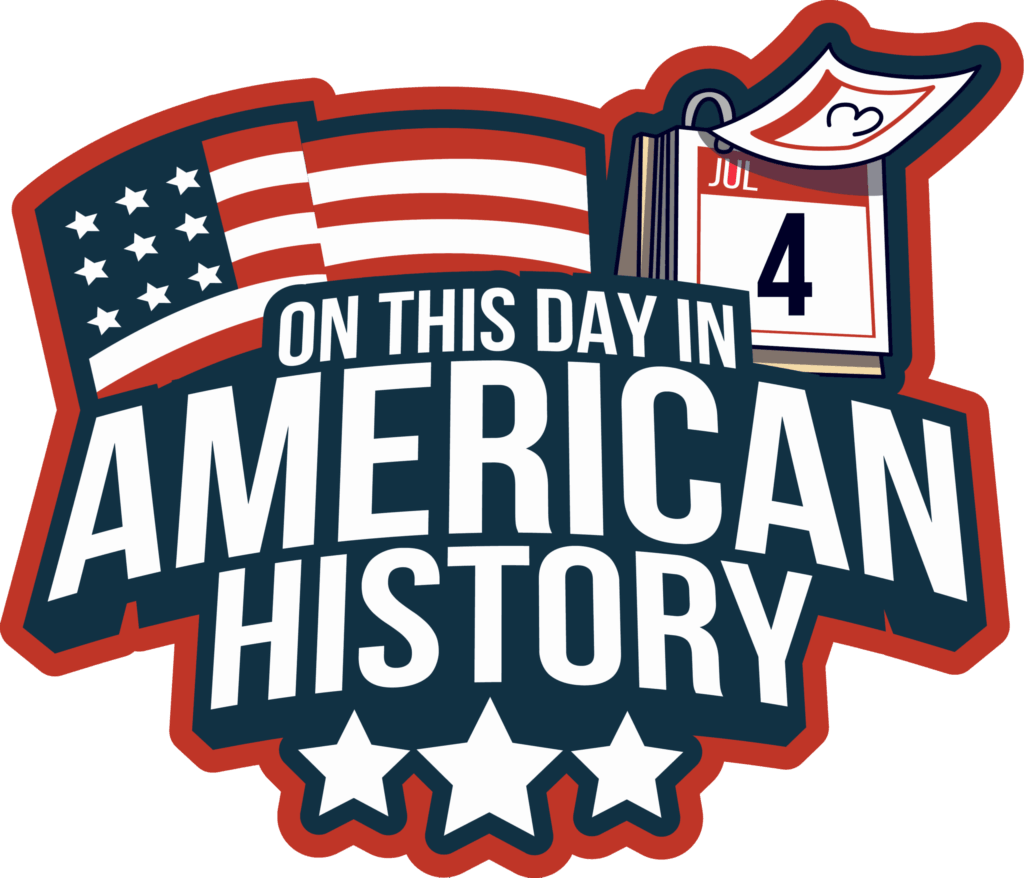
Launch of the Saturn V rocket with crew of Apollo 12 onboard on November 14, 1969.
Following the success of the Apollo 11 mission, Apollo 12 was the second manned lunar landing.
Image via Wikimedia Commons, public domain
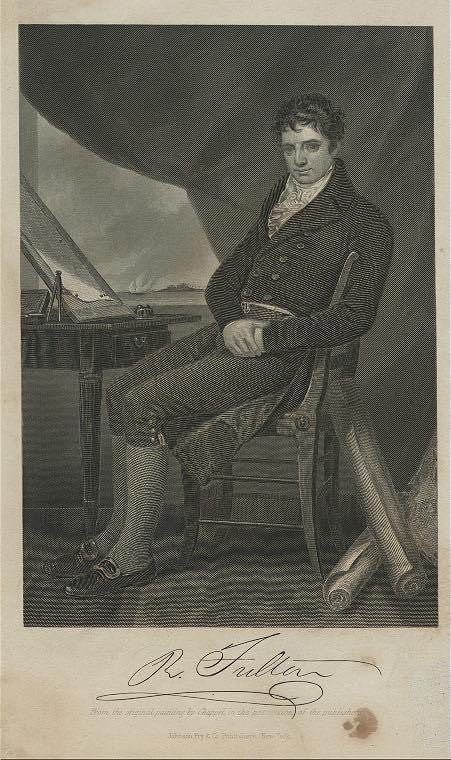
“This was Robert Fulton, who was born in Pennsylvania, in 1765 (November 14th). He was only a schoolboy during the stirring days of the American Revolution. He was a bright boy and early showed inventive talent. One holiday he went fishing with some schoolmates, in a boat propelled by means of poles. To avoid the labor of using these poles, Robert made some paddle-wheels which he attached to the boat; he also fixed on the stem a paddle by means of which the boat could be guided.
But this was mere schoolboy sport. It did not occur to Fulton till many years later to make boat-building his profession. Even as a boy he determined that he would be an artist. He spent four years in Philadelphia working and studying; there he succeeded so well that he went abroad. In England he was welcomed by Benjamin West, a popular American painter. Through his courtesy and kindness, his young countryman met many interesting English people, men of affairs and scientists as well as artists. In England Fulton became interested in canals, which he thought would be useful to convey merchandise along the water-ways of New York, as you know was done later. In fact, he became so much interested in this subject that he gave more time to it than to painting and he invented several improvements in canals and canal-boats.
In 1797 Fulton went to France where he continued his art studies and his scientific experiments. He invented a torpedo and diving boat, but he did not succeed in getting either the French or the English government to take it up. In Paris he met a wealthy American, Mr. Robert Livingston, who was interested in science and who had tried to make a steamboat. Fulton said that he was sure he could do so if only he had money to carry on the necessary experiments. Mr. Livingston at once offered to advance the funds and to share the future profits.
Fulton gladly accepted and began his experiments. He made a little model of a steamboat with side wheels turned by machinery. Then he made a trial boat which broke before it was used. Undiscouraged, he at once set to work on a second one. This was tried on the river Seine and to Fulton’s great satisfaction it worked well. Then he had an engine built in England and sent to America. Mr. Livingston secured the passage of an act by the New York legislature giving to him and Fulton for twenty years the sole right to use on the waters in New York state boats propelled by “fire or steam.” People laughed and said that they were
welcome to the right for a hundred years. They called the steamboat on which Fulton was working “Fulton’s Folly.”
In the summer of 1807, there was completed the Clermont, a side-paddle steamboat one hundred and thirty feet in length. It was an ugly object; even Livingston confessed, “It looks like a backwoods sawmill mounted on a scow and set on fire.”
Fulton made ready for a trial trip from New York to Albany. The boat moved off from shore, and then stopped. Fulton hurried to the engine, and discovered and corrected the cause of the trouble. The boat moved off again, and this time it kept on amid the cheers of the people. The steamboat was no longer a question, it was an accomplished fact. On that trial trip the boat went a hundred and fifty miles in thirty hours, which seemed wonderful speed in those days. How different the Clermont was from the swift and powerful boats of to-day, the “ocean greyhounds,” as they are called.
In 1812 during the war with Great Britain, Fulton made a plan for a steam war-ship and he was authorized to build it, the first in the world. While attending to its construction he contracted a severe cold and died in February, 1815”
From: Brief biographies from American history, for the fifth and sixth grades : required by the syllabus for elementary schools of New York state education department by Edna Henry Lee Turpin, published in 1907
https://archive.org/details/briefbiographies00turp/page/n253
source says no known restrictions
Image: The Miriam and Ira D. Wallach Division of Art, Prints and Photographs: Print Collection, The New York Public Library. “
No known restrictions
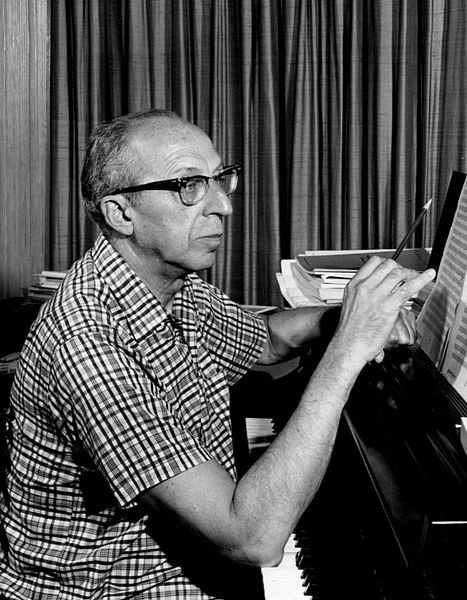
Born November 14, 1900, composer Aaron Copland’s music celebrated America’s natural wonders and the lives of its people. Among his most well known and frequently played pieces are “Rodeo,” “Appalachian Spring,” “Billy the Kid,” and the stirring “Fanfare for the Common Man.”
Image via Wikimedia Commons, no known copyright, public domain in the US.
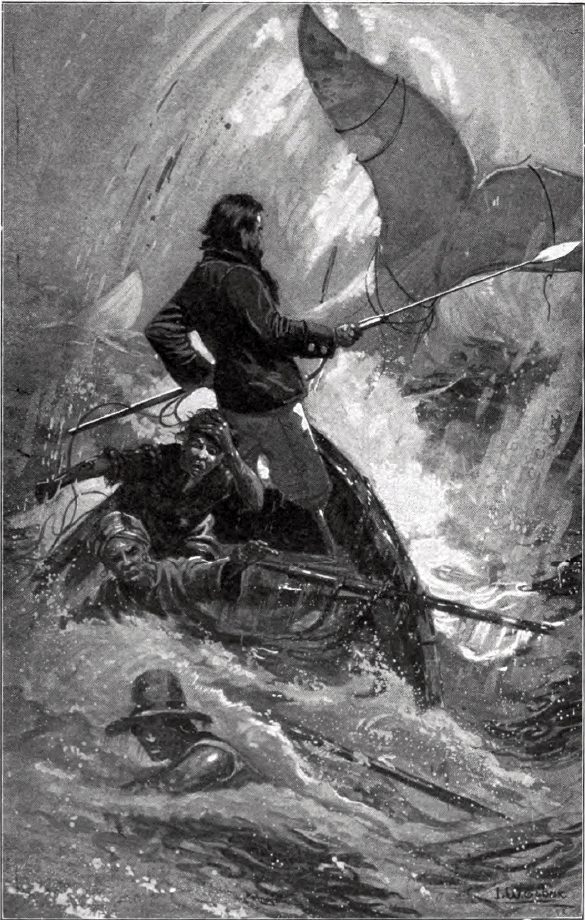
“Ho, ho! from all your furthest bounds, pour ye now in, ye bold billows of my whole foregone life, and top this one piled comber of my death! Towards thee I roll, thou all-destroying but unconquering whale; to the last I grapple with thee; from hell’s heart I stab at thee ; for hate’s sake I spit my last breath at thee. Sink all coffins and all hearses to one common pool! and since neither can be mine, let me then tow to pieces, while still chasing thee, though tied to thee, thou damned whale! Thus, I give up the spear!”
Moby-Dick by Herman Melville was published in the United States on November 14, 1851.
Image via Wikimedia Commons, public domain

On November 14, 1960, six year old Ruby Bridges became the first Black student at William Frantz Elementary School in New Orleans. She’s shown at the end of a school day, escorted by the U.S. Marshals assigned to protect her by President Eisenhower.
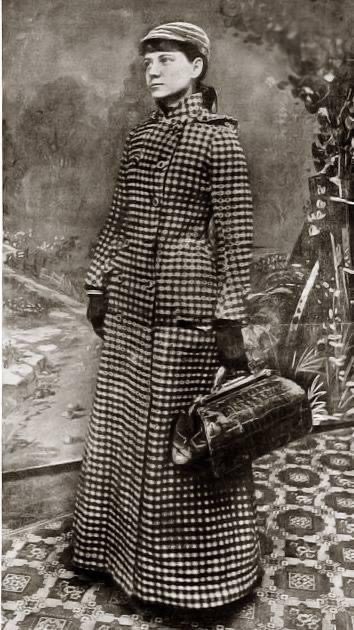
On today’s date November 14, 1889 – American reporter and Armstrong County, PA native Elizabeth Jane Cochrane (Nellie Bly) set out from Hoboken, NJ. Her goal was to break the record of Jules Verne’s fictitious character, Phileas Fogg who traveled around the world in 80 days. She successfully circumnavigated the globe and triumphantly returned 72 days and 6 hours later.
Image via Wikimedia Commons, public domain

Shop of the Woodcrafters and Carvers, Gatlinburg, Tennessee. Dick Whaley, Manager, and Charley Huskey carry on this little rural shop and employ at times several of the local workers. This view of the shop shows them working on a drop-leaf table.
– November 14, 1933
via Wikimedia Commons, public domain
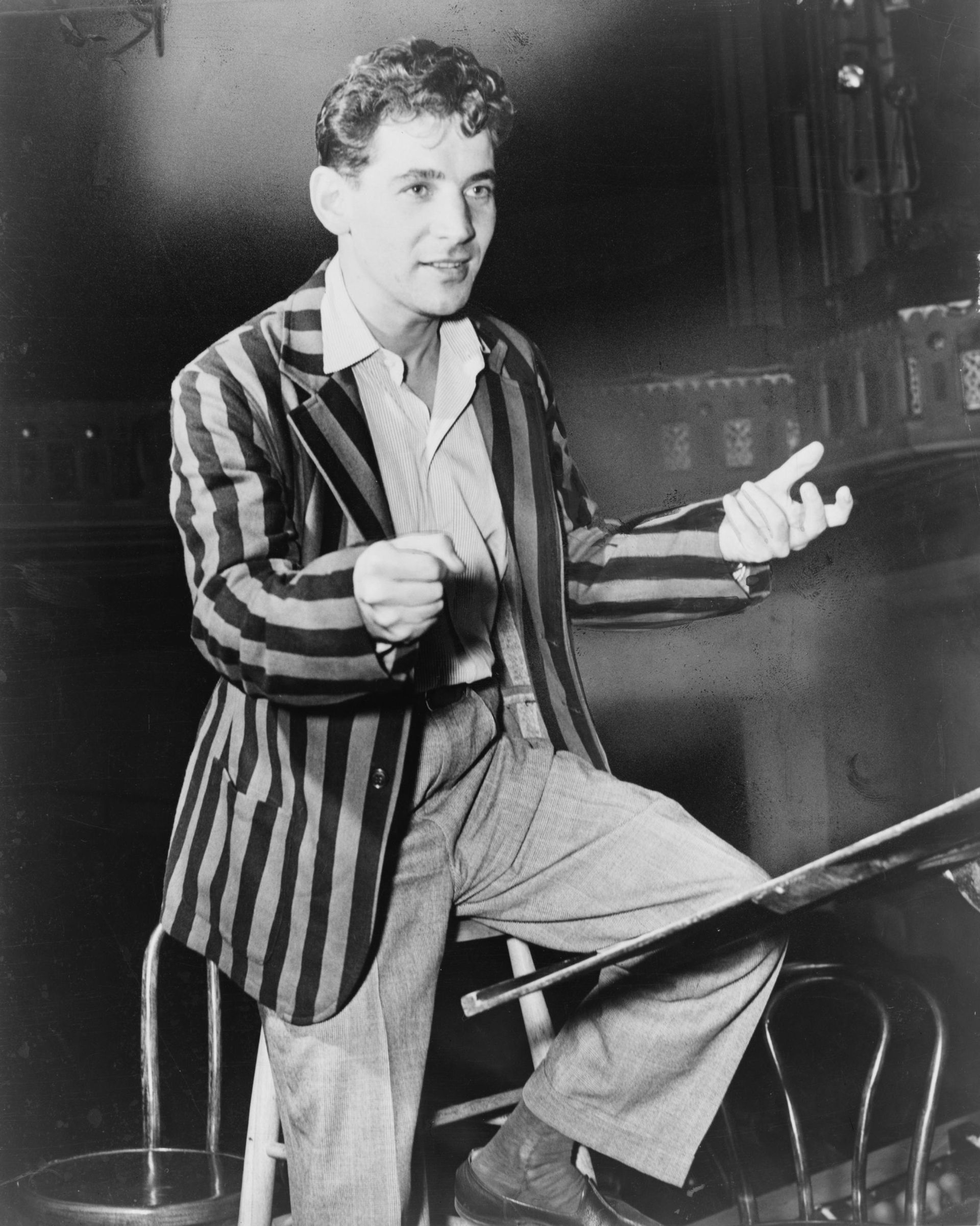
On November 14, 1943, a 25-year-old named Leonard Bernstein was asked to fill in for a conductor who was sick.
He did just that and became the youngest person to conduct the New York Philharmonic.
Image of Leonard Bernstein in the 1940s via Wikimedia Commons, public domain
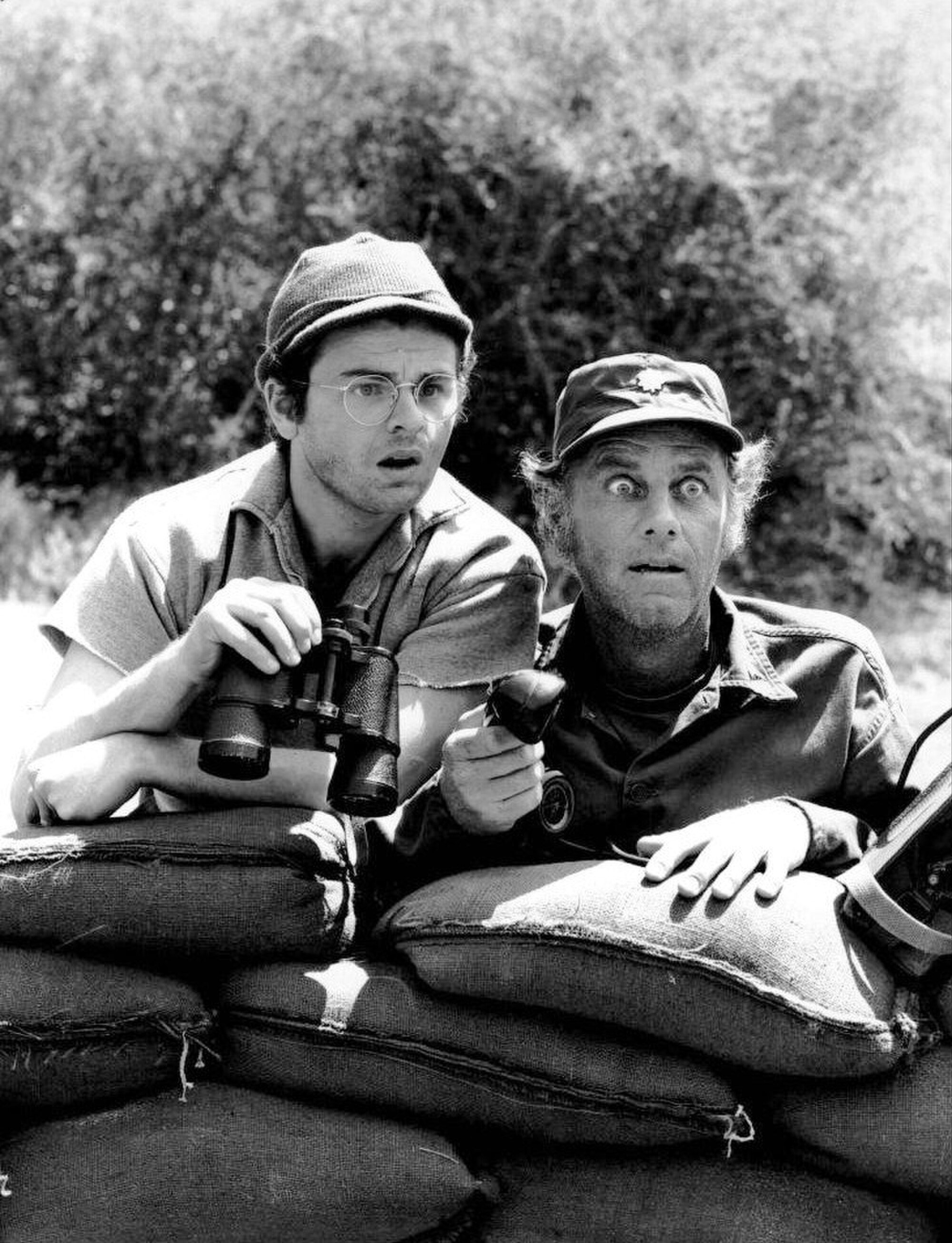
McLean Stevenson (right) who played the role of Colonel Henry Blake in M*A*S*H was born on November 14, 1927 in Normal, Illinois.
Image of Gary Burghoff and McLean Stevenson from the television program M*A*S*H via Wikimedia Commons, public domain


